
Peripheral neuropathy, a condition affecting the nerves outside the brain and spinal cord, can cause discomfort such as tingling, numbness, or pain, especially in the extremities like fingertips and toes. While there are over 100 documented causes of peripheral neuropathy—including oxidative stress, poor blood flow, smoking, and diabetes—proper nutrition plays a critical role in managing symptoms, supporting nerve repair, and preventing further damage. In this article, we’ll explore the 7 best foods for neuropathy, backed by scientific studies, to help you nourish your nerves and improve your quality of life. We’ll also highlight foods to avoid that may worsen nerve damage.
Understanding Peripheral Neuropathy and Nutrition’s Role
Peripheral neuropathy occurs when the peripheral nerves are damaged, disrupting their ability to transmit signals effectively. This can result from various factors, including vitamin deficiencies, inflammation, or high blood sugar levels. Nutrition is a powerful tool for addressing these underlying issues. By incorporating nutrient-dense foods rich in vitamins, minerals, and antioxidants, you can support nerve repair, reduce inflammation, and protect against oxidative stress. Let’s dive into the top foods that can help manage neuropathy symptoms and promote nerve health.
7 Best Foods for Neuropathy
1. Lean Proteins for Nerve Repair
Lean proteins, such as chicken, fish, tofu, beef, and pork, are essential for nerve health. These foods are rich in amino acids, which are the building blocks for nerve repair and regeneration. They also provide B vitamins, particularly B12, which are crucial for maintaining healthy nerve function. A study published in the Journal of Nutrients found that adequate protein intake supports nerve healing and regeneration, making lean proteins a cornerstone of a neuropathy-friendly diet.
Incorporating lean proteins into your meals is simple. Opt for grilled chicken breast, baked salmon, or tofu stir-fry to ensure you’re getting high-quality protein without unhealthy fats. These foods not only aid in nerve repair but also provide sustained energy, helping you maintain overall health.
2. Dark Leafy Greens for B Vitamins
Dark leafy greens, such as spinach, kale, and Swiss chard, are packed with essential nutrients like vitamins B6, B9 (folate), and B12. These B vitamins are vital for forming myelin, the protective sheath around nerves that aids in signal conduction. According to research in the Journal of Neuroscience Research, B vitamins can significantly improve symptoms of peripheral neuropathy by supporting nerve repair and reducing nerve damage.
While some concerns have been raised about oxalates in leafy greens, studies suggest that unless you’re prone to kidney stones, the benefits of these nutrient powerhouses far outweigh potential risks. Add a handful of spinach to smoothies, toss kale into salads, or sauté Swiss chard as a side dish to boost your nerve health.
3. Nuts and Seeds for Vitamin E
Nuts and seeds, such as almonds, walnuts, and pumpkin seeds, are excellent sources of vitamin E, a powerful antioxidant that protects nerves from oxidative stress and aids in repair. A study in the Journal of Neurology, Neurosurgery, and Psychiatry found that vitamin E supplementation improved nerve function in individuals with peripheral neuropathy. Additionally, nuts and seeds are low in simple sugars, making them a great snack option for maintaining stable blood sugar levels, which is critical for preventing further nerve damage.
Snack on a handful of almonds or sprinkle chia seeds over yogurt for a nutrient-packed boost. These foods not only support nerve health but also help with weight management, as they’re filling and low in unhealthy carbohydrates.
4. Omega-3 Fatty Acids for Anti-Inflammatory Benefits
Omega-3 fatty acids, found in fatty fish like salmon, sardines, and mackerel, as well as in flaxseeds and chia seeds, have potent anti-inflammatory properties that can reduce nerve inflammation and promote repair. A study published in the Journal of the International Society of Sports Nutrition demonstrated that omega-3 supplementation improved nerve function in individuals with peripheral neuropathy.
Incorporating omega-3-rich foods into your diet is easy. Try grilled salmon for dinner, add sardines to a salad, or blend flaxseeds into a morning smoothie. These foods not only support nerve health but also benefit heart and brain function, making them a versatile addition to your diet.
5. Colorful Fruits and Vegetables for Antioxidants
Colorful fruits and vegetables, such as berries, oranges, and bell peppers, are rich in vitamin C and antioxidants, which combat oxidative stress and support nerve repair. These foods are low on the glycemic index, meaning they don’t cause rapid blood sugar spikes that can damage nerves. According to the Journal of Clinical Endocrinology and Metabolism, a diet high in fruits and vegetables can improve nerve function, particularly in individuals with diabetic neuropathy.
For those with diabetes, it’s a common misconception that all fruits are harmful due to their sugar content. However, moderate portions of low-glycemic fruits like berries or citrus fruits can be beneficial. Add a handful of blueberries to your breakfast or include bell peppers in a stir-fry to enhance your nerve health while enjoying vibrant, flavorful meals.
6. Whole Grains for Stable Blood Sugar
Whole grains, such as brown rice, quinoa, and oatmeal, are rich in B vitamins and fiber, which help regulate blood sugar levels and prevent nerve damage. Unlike refined carbohydrates, whole grains have a lower glycemic index, meaning they cause slower, steadier rises in blood sugar. A study in the American Journal of Clinical Nutrition found that a diet rich in whole grains was associated with a reduced risk of type 2 diabetes and improved nerve function.
Swap white rice for brown rice, choose quinoa over pasta, or start your day with a bowl of oatmeal topped with nuts and berries. These choices not only support nerve health but also contribute to better overall metabolic health.
7. Low-Glycemic Index Foods for Blood Sugar Control
Low-glycemic index (GI) foods, such as lentils, beans, and certain vegetables like eggplants and mushrooms, are digested slowly, preventing rapid blood sugar spikes that can harm nerves. The Journal of Diabetes Investigative Research found that low-GI diets are associated with better nerve function in individuals with diabetic neuropathy. Foods like hummus, chickpeas, garlic, onions, and green peppers are excellent choices for maintaining stable blood sugar levels.
Understanding the glycemic index is key. Foods with a low GI (below 55) include most vegetables, legumes, and certain fruits, while high-GI foods (above 70) like white bread, donuts, and corn flakes should be avoided. Incorporate low-GI foods into your meals by enjoying lentil soup, bean-based chili, or roasted vegetables for a nerve-friendly diet.

Foods to Avoid for Neuropathy
To protect your nerves, it’s equally important to avoid foods that can worsen inflammation or damage nerves. Here are the key foods to steer clear of:
Processed Foods: Chips, cookies, and fast food are high in unhealthy fats, sugars, and salt, which increase inflammation and nerve damage, according to the Journal of Nutrition, Health, and Aging.
Refined Carbohydrates: White bread, pasta, and rice cause rapid blood sugar spikes, increasing the risk of diabetic neuropathy, as noted in the Journal of Diabetes Care.
Alcohol: A major cause of nerve damage, alcohol inhibits the absorption of essential vitamins and minerals, leading to alcoholic neuropathy (Journal of Neurology).
Trans Fats: Found in fried foods, margarine, and processed snacks, trans fats worsen inflammation and nerve damage (Journal of Nutrition, Health, and Aging).
Artificial Sweeteners: Aspartame and sucralose may increase inflammation and the risk of diabetic neuropathy (Journal of Diabetes Care).
High-Fat Dairy: Excessive cheese and butter can contribute to inflammation, though recent research suggests fats may be less harmful than previously thought (Journal of Nutrients).
Fried Meats: High in omega-6 fatty acids and heterocyclic amines, fried meats increase inflammation and nerve damage (Journal of Nutrients).
Practical Tips for a Neuropathy-Friendly Diet
Adopting a neuropathy-friendly diet doesn’t have to be overwhelming. Here are some actionable tips to get started:
Plan Balanced Meals: Combine lean proteins, whole grains, and colorful vegetables for nutrient-dense meals that support nerve health.
Snack Smart: Choose nuts, seeds, or low-GI fruits like berries instead of chips or candy.
Read Labels: Avoid processed foods and check for hidden trans fats or artificial sweeteners in packaged products.
Limit Alcohol: Reducing or eliminating alcohol can significantly improve nerve function and overall health.
Consult a Professional: Work with a dietitian or healthcare provider to tailor your diet to your specific needs, especially if you have diabetes or other underlying conditions.
Conclusion
Peripheral neuropathy can be challenging, but a nutrient-rich diet can make a significant difference in managing symptoms and promoting nerve repair. By focusing on lean proteins, dark leafy greens, nuts and seeds, omega-3 fatty acids, colorful fruits and vegetables, whole grains, and low-glycemic index foods, you can nourish your nerves and reduce inflammation. At the same time, avoiding processed foods, refined carbohydrates, alcohol, trans fats, artificial sweeteners, high-fat dairy, and fried meats will help protect your nerves from further damage.





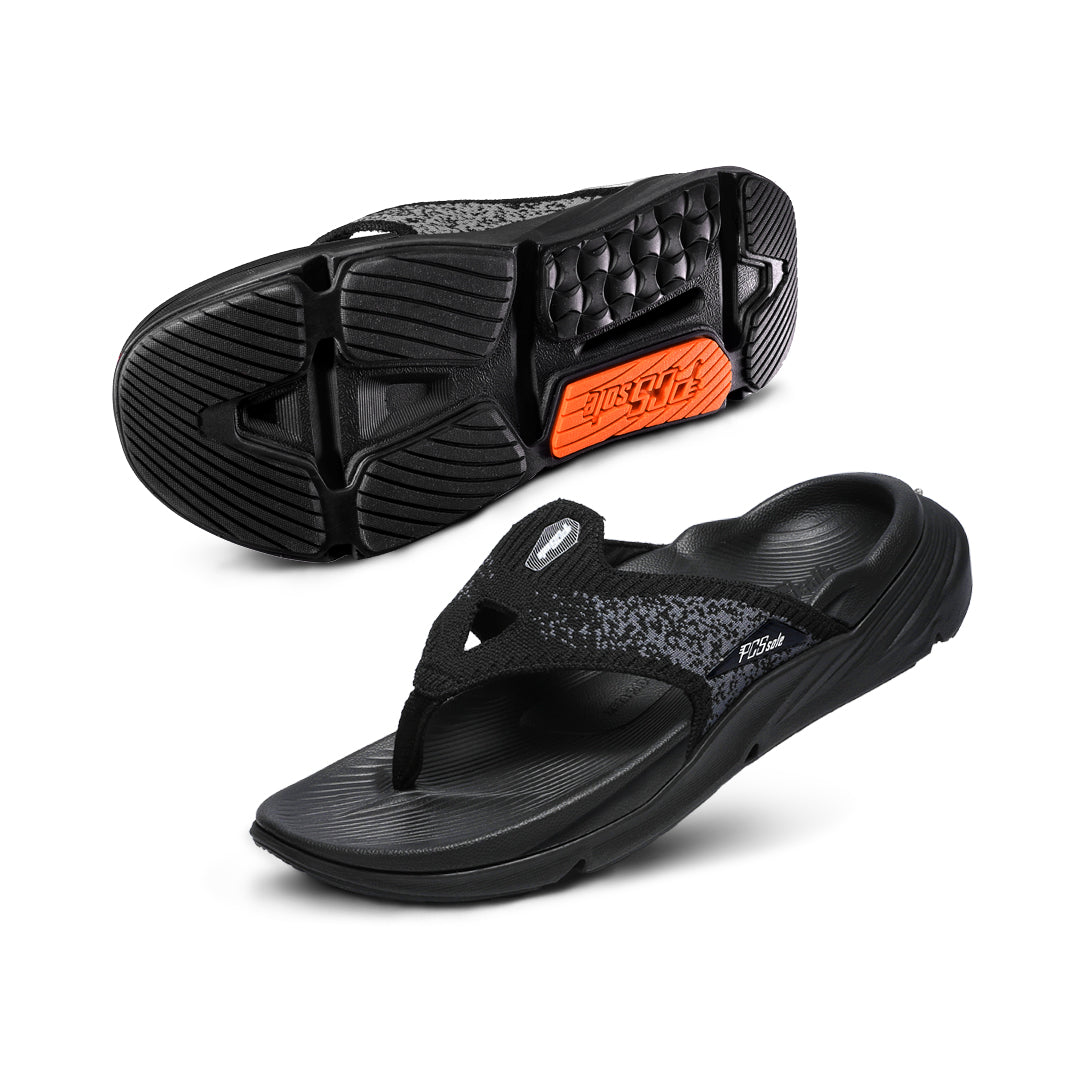


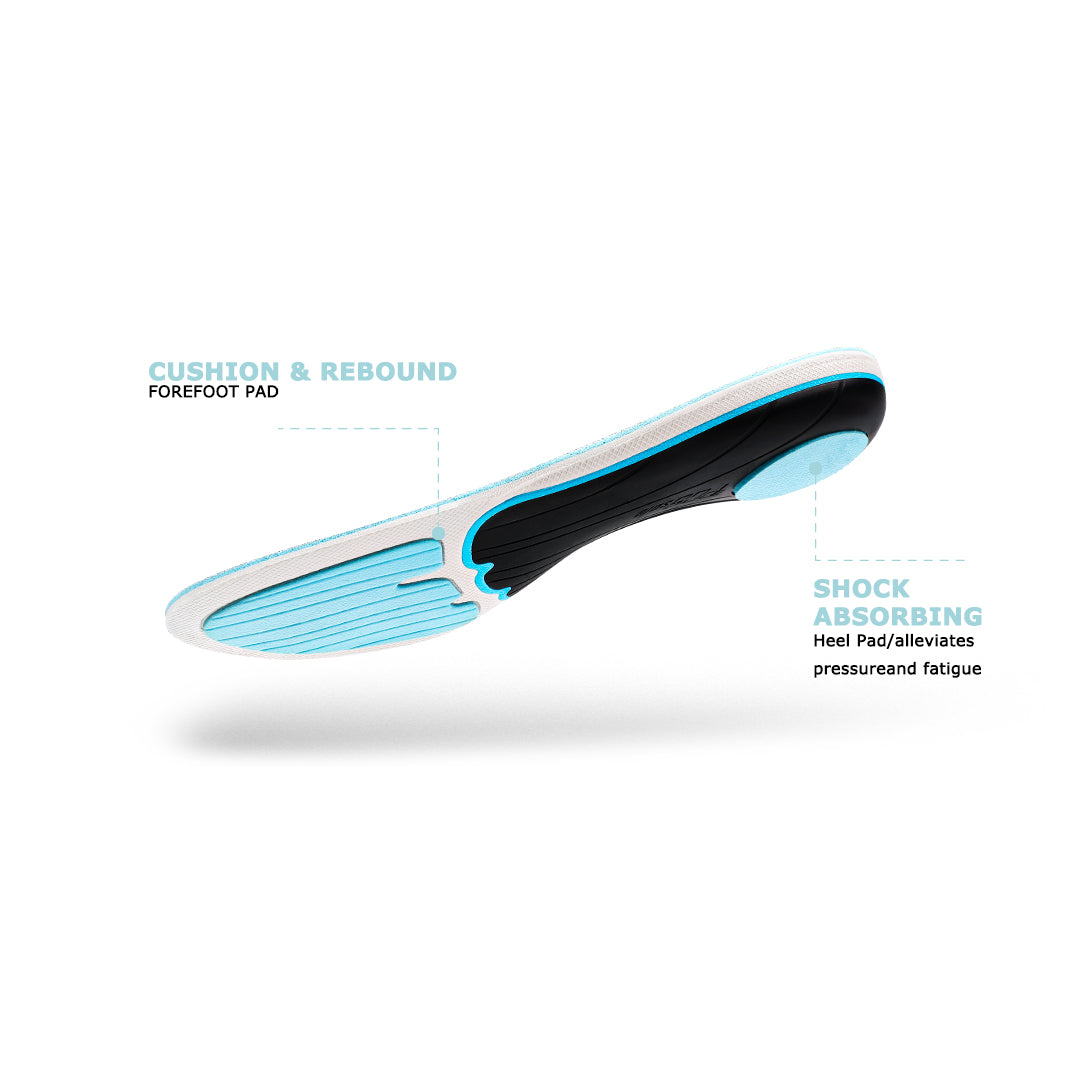
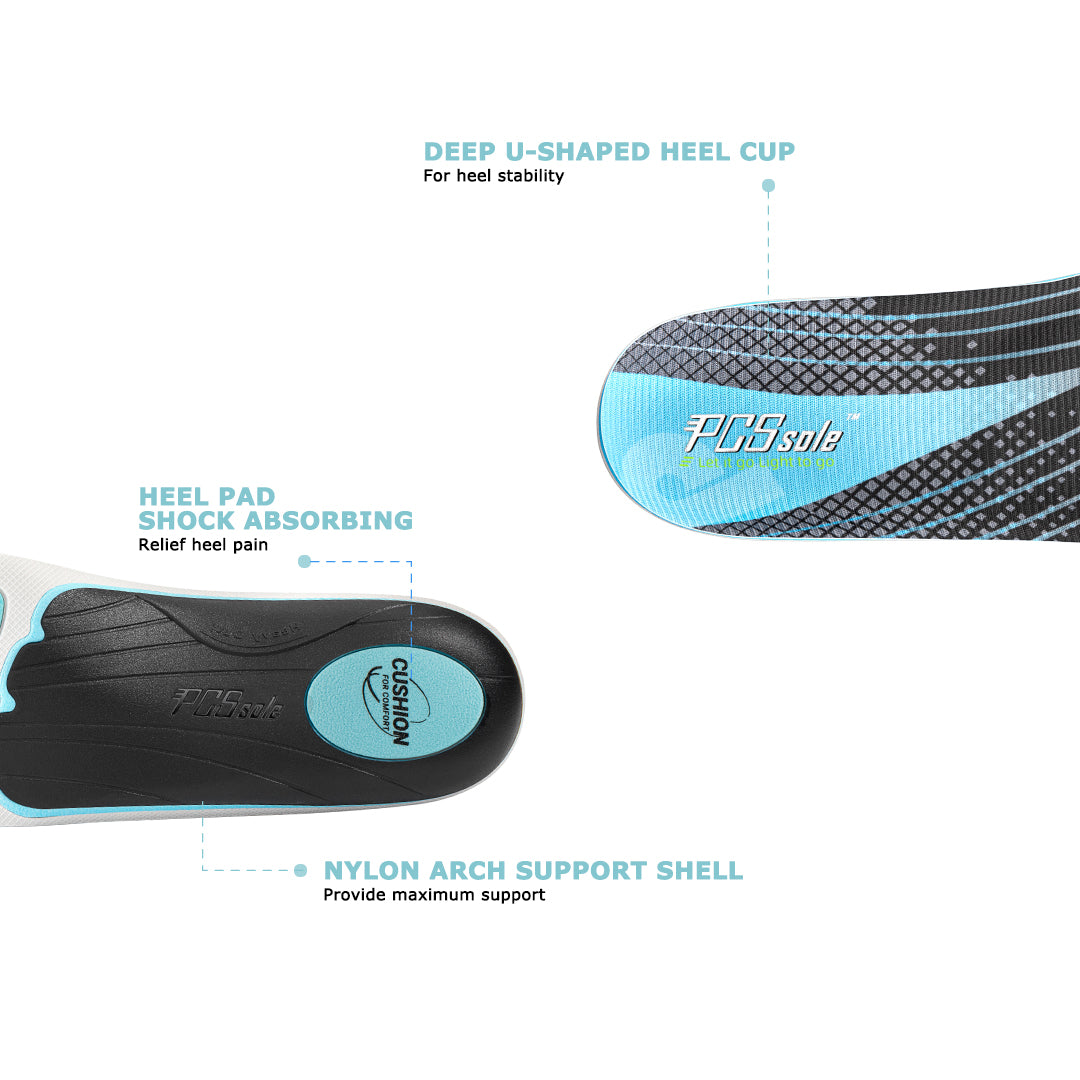


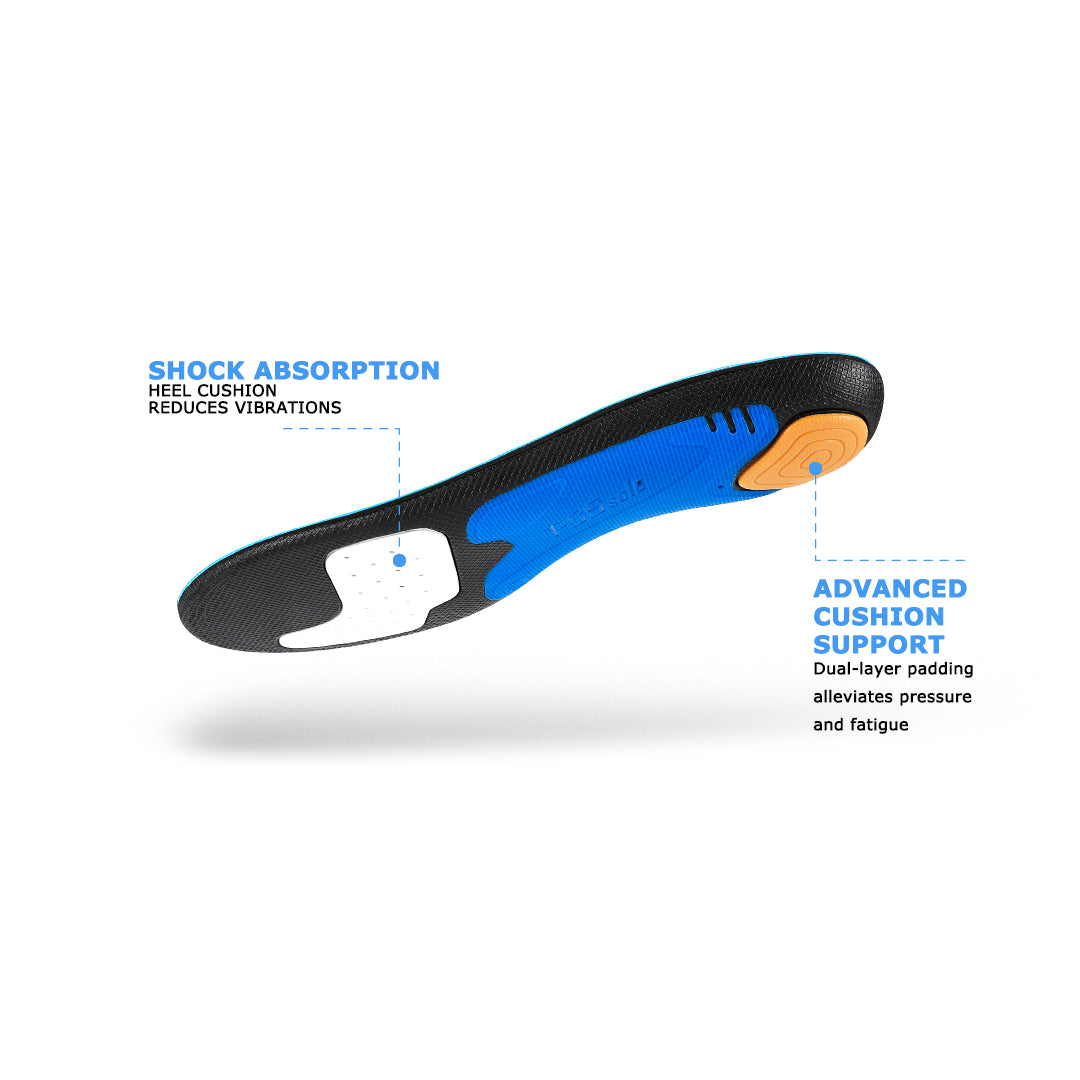
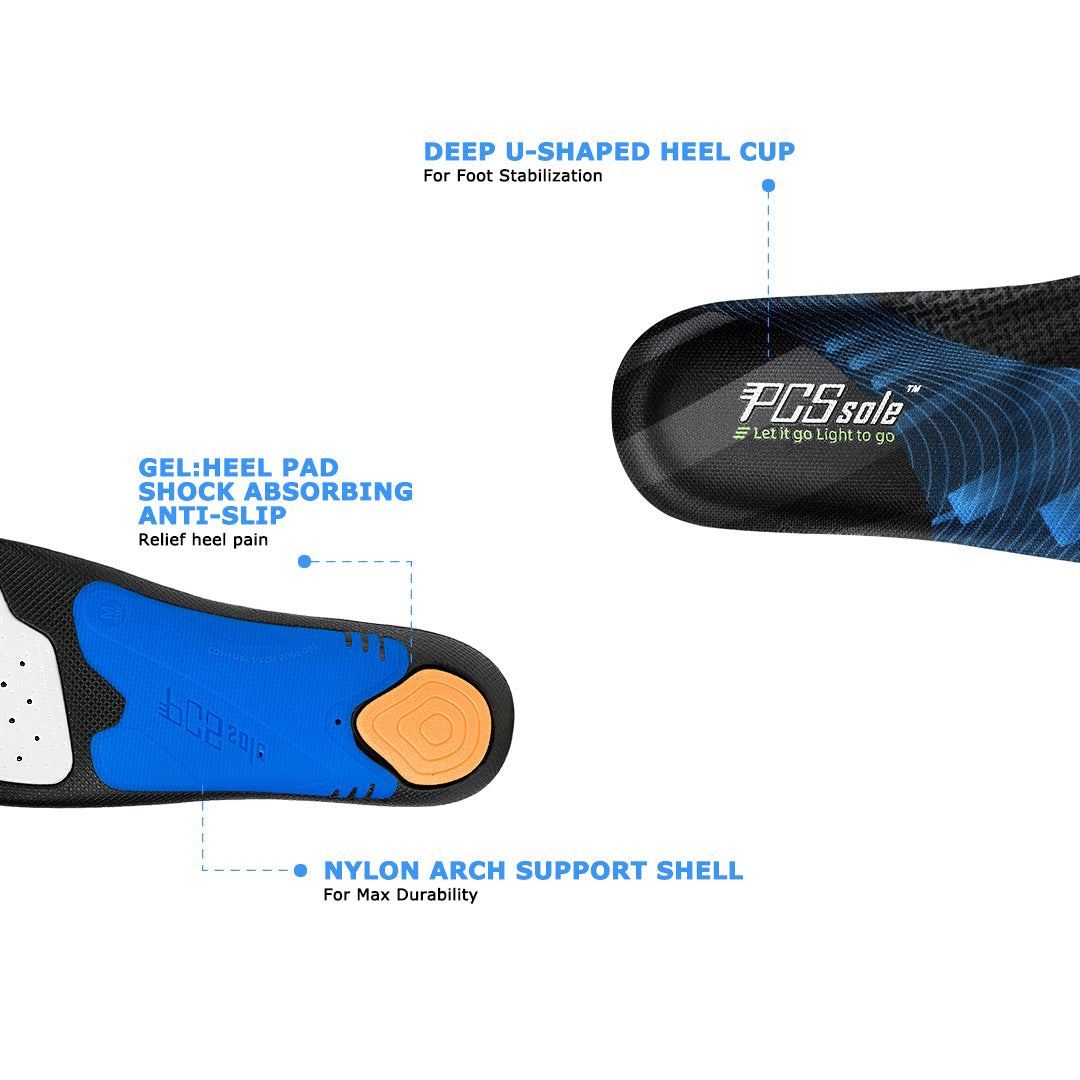



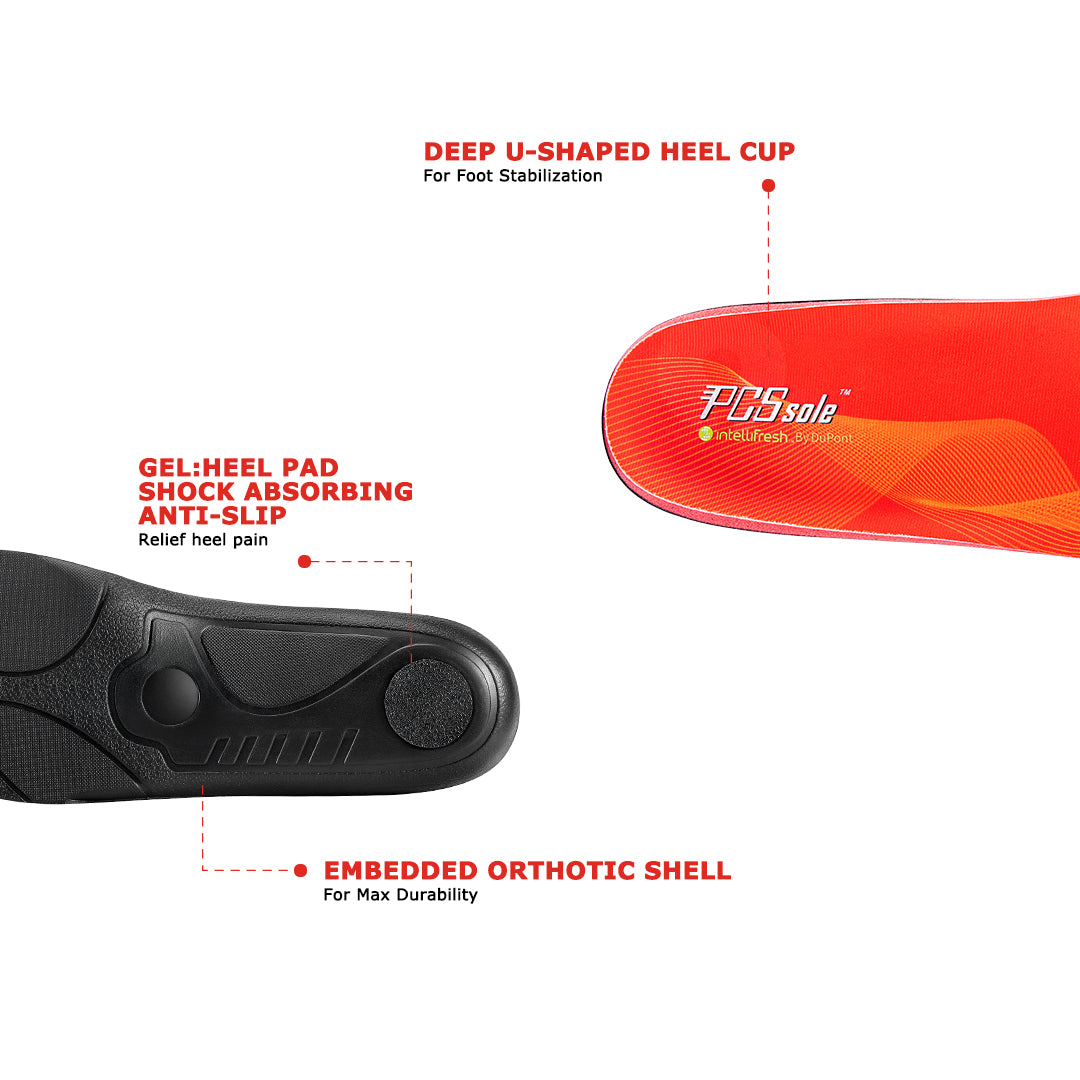








Compartir:
The Best Stretches: How to Stretch the IT Band Effectively
Do You Need a High Arch Insole for Supination?